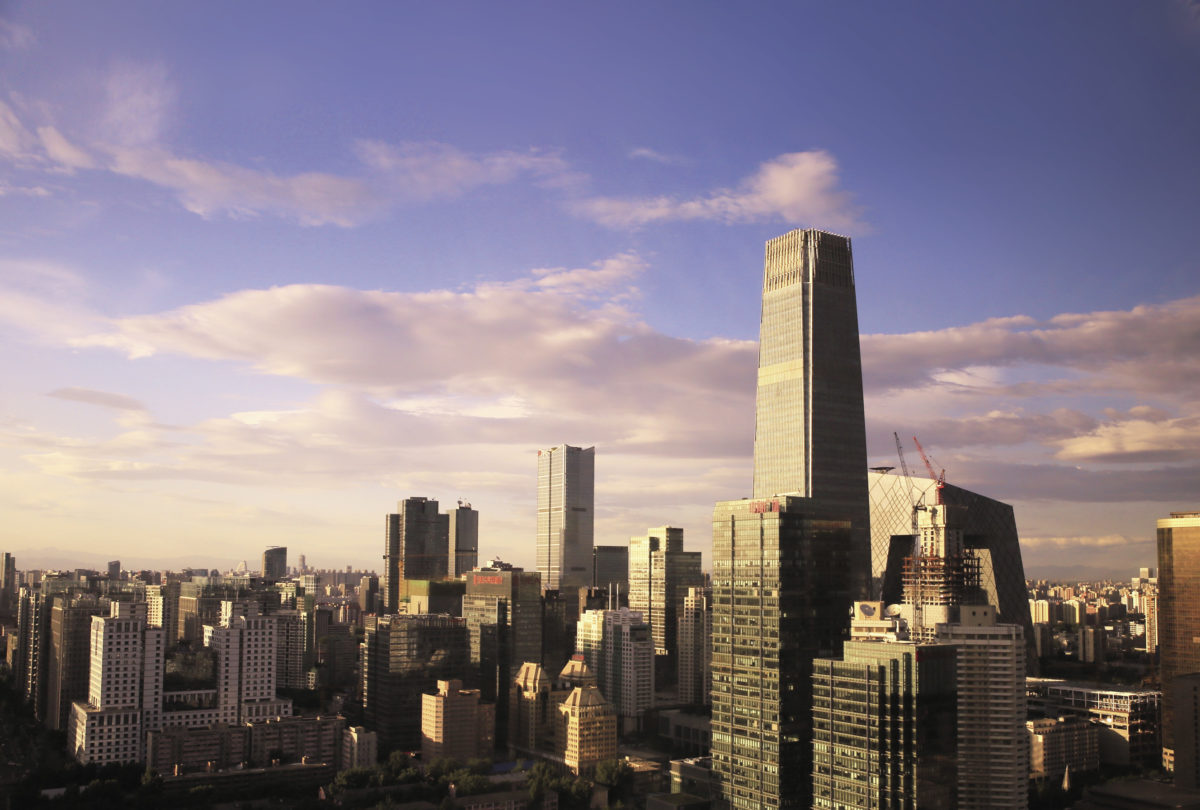The rumors emanating from Beijing are that the Chinese authorities are preparing to switch to an auction system for funding PV projects.
The National Energy Administration (NEA) entered a third round of talks with solar sector professionals this week with the aim of establishing a new subsidy system for PV in the world’s biggest solar market.
With several other nations having observed how reverse auctions have rapidly reduced the cost of solar electricity in India and followed suit, it appears China is ready to cast aside its simple subsidy system, which was massively curtailed at the end of May last year amid mounting public expense.
Under the terms being thrashed out this week, pv magazine has learned from participants, the NEA would administer a CNY3 billion ($446 million) subsidy pot for all solar projects not considered part of the grid-parity regime outlined by Beijing last month. Those rules apply to projects not in receipt of central government funding but which qualify for assistance from local governments, state-backed lenders and power distribution companies.
Cheer for household solar
As far as subsidized projects are concerned, the NEA is proposing that residential solar systems will qualify for a fixed CNY0.18/kWh payment which would be limited by a quota. Interestingly, household solar systems cut adrift by the abrupt decision to curtail subsidies last May will be included on the list of residential projects which qualify for the payment.
Three other types of PV project would also qualify for a piece of the Ministry of Finance’s CNY3 billion pot. Although an unspecified fixed subsidy would reportedly be available to ‘special’ projects – such as those developed under the Top Runner program or which offer grid balancing services – nevertheless they, together with utility-scale plants and non-residential distributed generation installations, would take part in an auction system.
Under the proposed new regime, projects would bid at a national level without any quotas with the lowest bidders awarded subsidies until the money runs out. To receive subsidies, projects would have to be operational no more than six months after an agreed completion date.
pv magazine’s sources say China’s poverty alleviation solar projects would be funded from other government departments.
With the talks continuing, the China Photovoltaic Industry Association is already making positive noises about the mooted new rules, and said they would see at least 45 GW of new solar installed in the country by the end of the year.
This content is protected by copyright and may not be reused. If you want to cooperate with us and would like to reuse some of our content, please contact: editors@pv-magazine.com.



1 comment
By submitting this form you agree to pv magazine using your data for the purposes of publishing your comment.
Your personal data will only be disclosed or otherwise transmitted to third parties for the purposes of spam filtering or if this is necessary for technical maintenance of the website. Any other transfer to third parties will not take place unless this is justified on the basis of applicable data protection regulations or if pv magazine is legally obliged to do so.
You may revoke this consent at any time with effect for the future, in which case your personal data will be deleted immediately. Otherwise, your data will be deleted if pv magazine has processed your request or the purpose of data storage is fulfilled.
Further information on data privacy can be found in our Data Protection Policy.